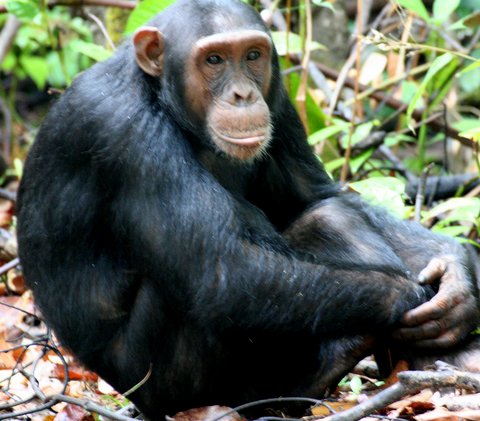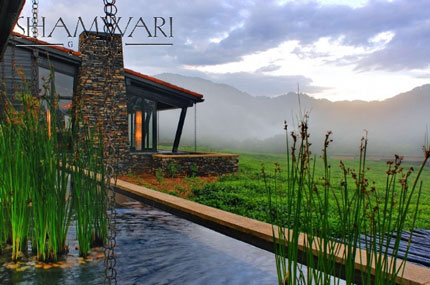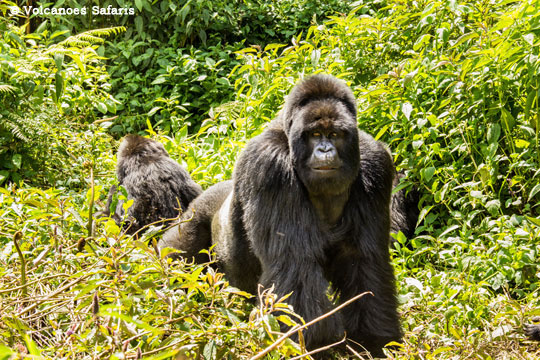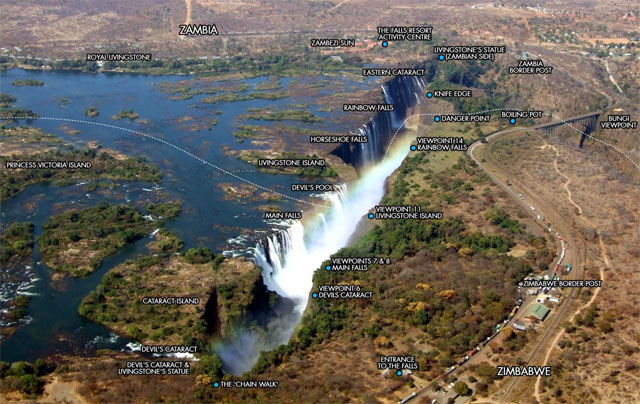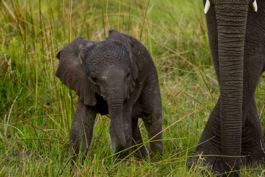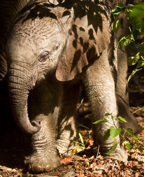
Chobe National Park boasts four distinctly different eco systems: the spectacular Chobe floodplain and river to the northeast, the Savute Marsh in the west, the Linyanti Swamps in the northwest and Nogatsaa and Tchinga, a hot dry hinterland in-between.
With an elephant population well in excess of 40,000, that is reputedly the largest in the world, the Chobe River and floodplain is one Africa’s iconic safari destinations. This and the fact the northern part of the park is situated close to the point where the four countries of Botswana, Zimbabwe, Zambia and Namibia meet means Chobe is hugely popular and, depending on the time of the year, can be very busy. Understandably this is often considered to be a negative and works against incorporating the Chobe riverfront in an itinerary which is a shame as, depending on the time of year, this area offers some of the best game viewing in Botswana.
Chobe riverfront is where elephants reign supreme. The sight of huge herds making their way down to the river bank to quench their thirst, bathe and have fun is incomparable. In addition to its massive herds of elephant Chobe is home to the more unusual and shy antelope species like roan, sable, tsessebe, eland, red lechwe and the rare Chobe bushbuck and puku antelope as well as high densities of lion, leopard, spotted hyena and cheetah. During the dry season months of May to October the floodplains of the Chobe River supports large herds of Cape buffalo. Birding is absolutely fabulous with over 450 bird species recorded, it is at its best between September and March as this is when the migrants breed.

The road network in northern Chobe is extremely limited and the popular Chobe riverfront is no exception. In times of high flood the network is further reduced. In an attempt to reduce vehicle congestion certain roads have been designated as one way routes by National Parks.
A safari cruise on the Chobe River is totally different to the water based activities in the Delta in that a great variety of wildlife can be seen while cruising. This is due to the floodplains that are exposed thus attracting animals in their hundreds to drink. It’s not unusual to see in excess of 100 elephants and large herds of buffalo on one floodplain along with other wildlife (giraffe, antelope, hippo and massive Nile crocodiles) as well as sightings of predators such as lion and leopard around White Sands near Chobe Game Lodge and Serondela (only accessible by from Chobe Savanna Lodge or the houseboats) are not uncommon.
From a photographic perspective, the boats can glide gently towards the animals. By vehicle it is much more difficult to photograph wildlife as guests jostle for the right side whilst travelling along bumpy roads. On a boat it’s possible to walk around and photograph whilst cruising along. It is both relaxing and very productive.
For a uniquely different perspective of a Chobe River safari experience, you may consider the following properties:
Chobe Game Lodge

Being the only permanent lodge situated inside Chobe National Park has its advantages as guests can simply walk to the jetty for a boat cruise or step onto a game drive vehicle and immediately start game viewing. First into the park – last out. Quite simply no other lodge can offer this combination. Guests also travel west (away from incoming lodges of Kasane) thereby minimising the congestion as much as possible.
With 47 rooms Chobe Game Lodge’s draw card is its beautiful Chobe River setting and happy, friendly staff. The addition of an extensive riverside boardwalk with a number of secluded chill out spots provides guests with an opportunity to spend hours watching the antics of an endless variety of animals as they quench their thirst, bathe and in the case of elephant calves just have fun at the water’s edge. The far deck overlooks one of the most productive wildlife floodplains of the Chobe riverfront – Watercart.
Chobe Savanna Lodge

Chobe Savanna Lodge is situated in the eastern Caprivi Strip of Namibia, a few kilometres up river from Chobe Game Lodge and only accessible by boat (approximately 1 hour from Kasane, Botswana). With just 13 chalets this recently re-decorated family friendly lodge offers a peaceful intimate bush style atmosphere making it the ideal hideaway to end a safari.
Activities are largely water based. Boat excursions take guests up river to remote places where few, if any, other operators visit. Also available are nature walks, a cultural excursion to a local Caprivian fishing village, fishing and birding. From the comfort of the elevated bar and public areas guests can witness some great sightings and the most incredible sunsets over the Puku Flats.
Zambezi Queen

From the top deck the unobstructed 360° view of the floodplains of Namibia’s Caprivi Strip, Chobe National Park and the islands that become exposed during low water (Jul – Nov) is unparalleled! Whilst gently cruising along the waterways of the Chobe a sense of peace and feeling absolutely at one with nature prevails. The sight of hundreds of elephant and buffalo on the Chobe flood plains is something special, especially when the elephants cross the river to reach the Sedudu Island, supporting their babies as they swim across. The unfolding dramas that centre on the wildlife and profusion of birds keep guests entertained for hours on end.
Like the rest of Botswana game viewing along the Chobe River and its floodplains is governed by the changing seasons and rising and falling water levels. The following is a general guideline:
Jan/Feb: the water gradually rises. Birding is great.
Mar: the Caprivi floodplain is beginning to flood.
Apr/May: high water. The floodplain resembles an inland sea (Chobe Savanna is closed)
Jun: water levels begin to drop.
Jul – Dec: the river slowly recedes and is at its lowest around September. The river becomes dotted by exposed islands and during this period game viewing is superb.
For more information, contact Africa Discovery at:
1 800 886-7321, (415) 444-5100
or Email us




